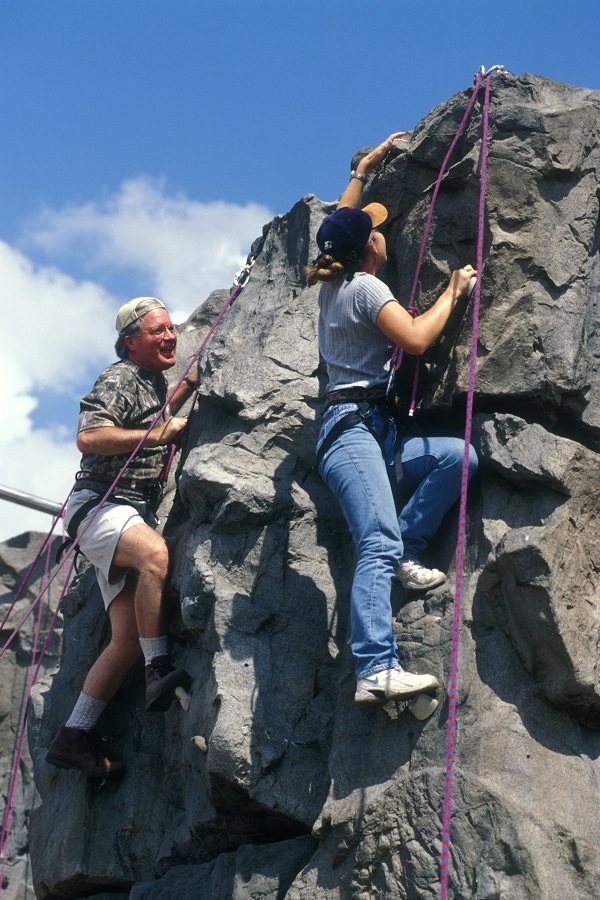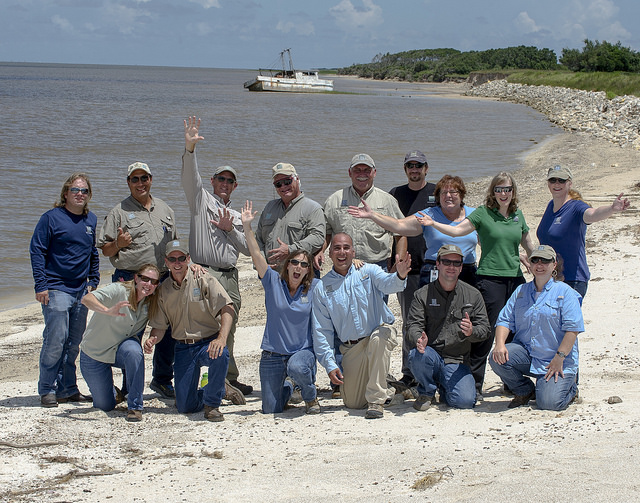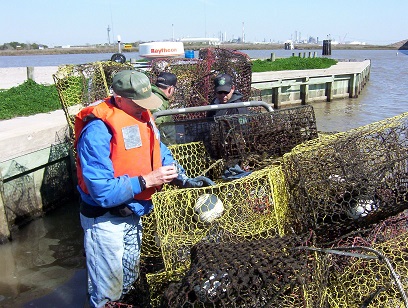Rock On: Because You Can
Monday, February 15th, 2016This is Passport to Texas
Brad Bell doesn’t think twice when you ask him why anyone would climb a rock.
Why would someone wanna…Because a it’s there (laugh)…
The Austin resident teaches the sport of rock climbing. He says although you don’t need rock-hard abs to climb — before you attempt this sport — a little weight training may be in order first…
Upper body strength is good and leg strength is even more of a plus. (Nat sound) “There ya go…push your hand and then move your hand up to the next one…there ya go (screams) pull on up…good!
And even though rock climbing offers climbers a feeling or solitude, it’s critical – whether you’re a novice or a seasoned climber — never go alone.
You should always have team partners… because you have to have a partner to help you belay and help you repel down and basically it’s a team effort all the way up.
Four Texas state parks offer rock climbing: Enchanted Rock, north of Fredericksburg, Hueco Tanks, just north of El Paso, Caprock Canyons southeast of Amarillo and Lake Mineral Wells.
Find your next climbing adventure on the Texas Parks and Wildlife Website.
That’s our show…Funding provided in part by Ram Trucks. Guts. Glory. Ram.
For Texas Parks and Wildlife, I’m Cecilia Nasti.







 Passport to Texas is a
Passport to Texas is a  Passport to Texas is made available by:
Passport to Texas is made available by: